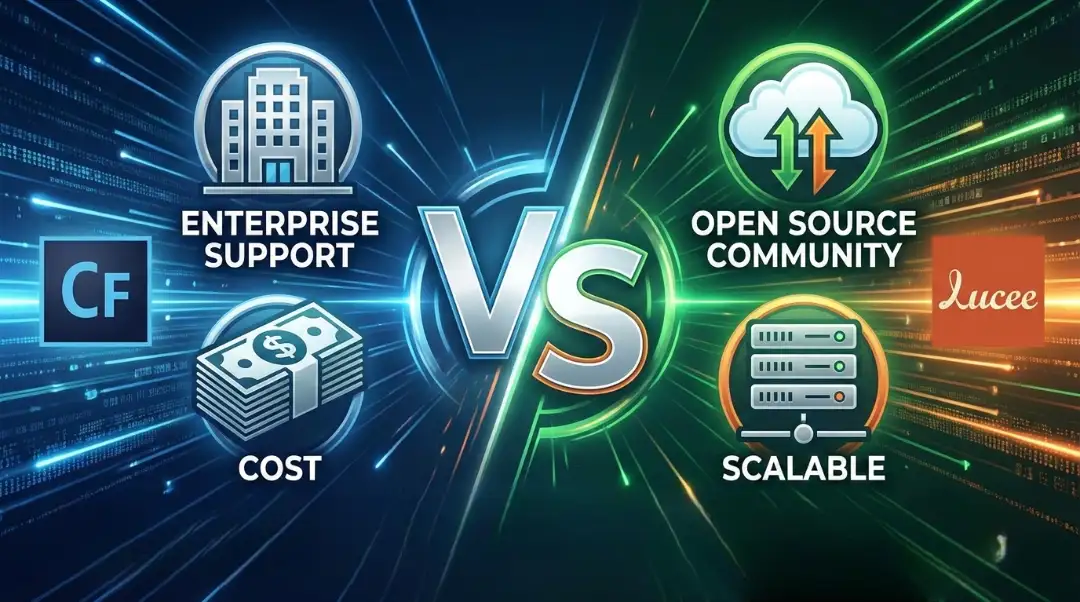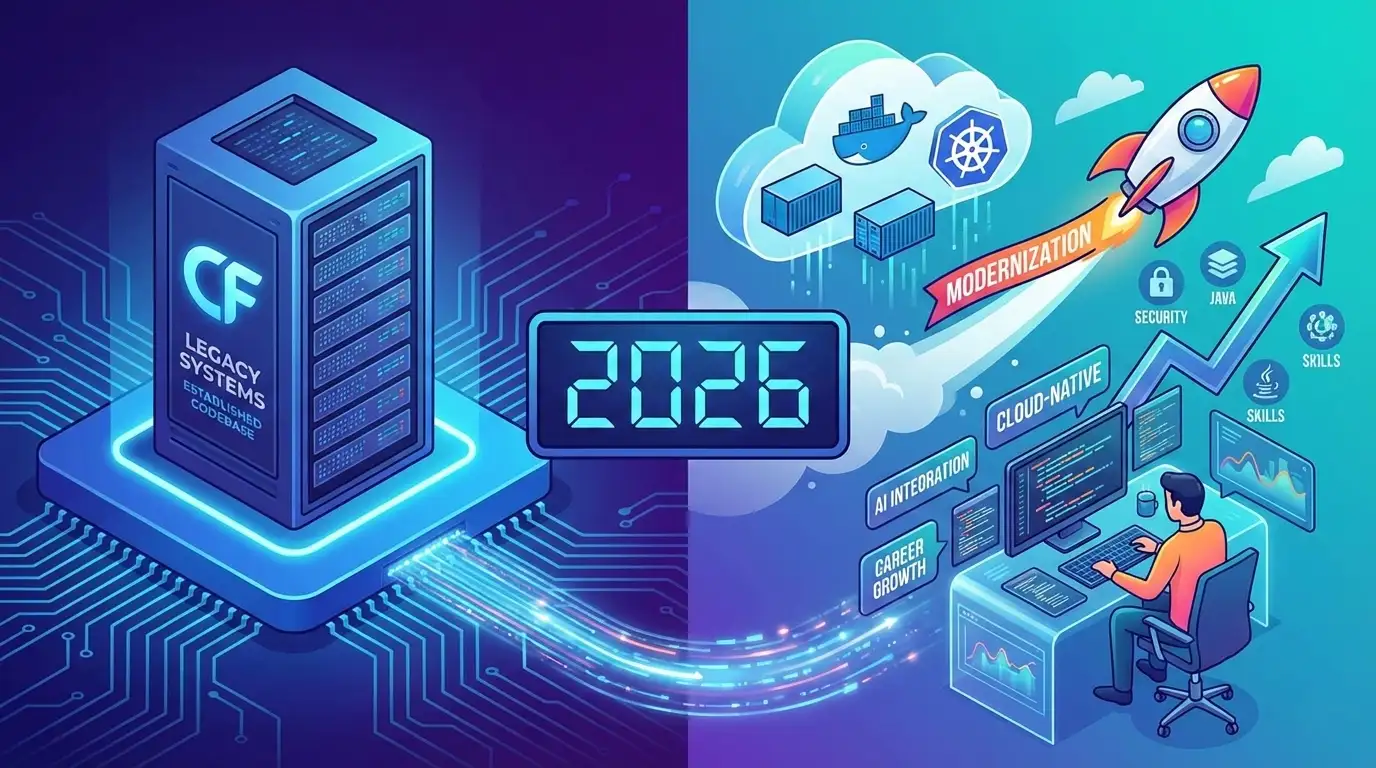Crafting the Future ColdFusion Development Strategies for the Modern Era

In the ever-evolving landscape of web development, staying abreast of the latest technologies is imperative. One such technology that has endured the test of time is ColdFusion, a powerful scripting language used for web development. In this blog, we will explore advanced ColdFusion techniques for modern applications, emphasizing its capabilities in supporting RESTful APIs, microservice architecture, and acting as a backend for decoupled web applications. Additionally, we'll delve into security measures beyond the basics, scaling ColdFusion applications for optimal performance, embracing mobile-first development, and exploring future trends that position ColdFusion as an innovation enabler.
Advanced ColdFusion Techniques for Modern Applications
ColdFusion has come a long way since its inception, evolving to meet the demands of modern web development. As we navigate through the advanced techniques, it's essential to understand how ColdFusion supports contemporary application architectures. In the era of microservices, ColdFusion has adapted to the trend, allowing developers to break down monolithic applications into smaller, more manageable components. RESTful APIs play a pivotal role in facilitating communication between these microservices, enabling the creation of scalable and modular applications. We'll explore the intricacies of ColdFusion's support for RESTful APIs and how it contributes to building agile and responsive systems. The concept of decoupled web applications involves separating the frontend from the backend, allowing for greater flexibility in development and maintenance. ColdFusion excels as a backend for decoupled web applications, enabling developers to update and maintain each component independently. We'll delve into real-world examples showcasing the advantages of this approach and how ColdFusion enhances the development workflow.
Security Beyond the Basics
While basic security measures are essential, modern web applications require a more sophisticated approach to safeguard against evolving cyber threats. ColdFusion offers a robust Web Application Firewall (WAF) for this purpose. Understanding the nuances of ColdFusion WAF is crucial for protecting applications against web-based attacks. We'll explore the implementation of ColdFusion WAF, discussing its features and benefits in safeguarding applications from various security threats. This includes protection against SQL injection, cross-site scripting (XSS), and other common vulnerabilities. A crucial aspect of ColdFusion WAF is the ability to configure rules to align with industry-specific security standards. We'll delve into best practices for configuring WAF rules, ensuring a robust security posture for ColdFusion applications. This includes considerations for compliance with standards such as OWASP (Open Web Application Security Project).
Scaling ColdFusion Applications
For applications to thrive in a dynamic environment, scalability is key. ColdFusion provides features that enable developers to scale their applications efficiently. Clustered Deployments and Load Balancing: To ensure high availability and optimal resource utilization, we'll explore the implementation of ColdFusion clustering. This involves distributing application loads across multiple servers, creating a fault-tolerant environment. Additionally, we'll discuss the configuration of load balancing to ensure a seamless user experience even under high traffic conditions.
Mobile-First ColdFusion Development
The ubiquity of mobile devices necessitates a mobile-first development approach. ColdFusion offers seamless integration with mobile frameworks, making it a viable choice for mobile app development. ColdFusion's compatibility with mobile frameworks like PhoneGap makes it an excellent choice for mobile app development. We'll discuss practical examples of utilizing ColdFusion as a backend for mobile applications, showcasing the simplicity and efficiency it brings to the development process. Additionally, we'll explore the implementation of responsive design principles to ensure optimal user experience on various devices.
Future Trends in ColdFusion Development: To stay ahead in the ever-evolving tech landscape, it's crucial to anticipate future trends. ColdFusion, with its adaptability, positions itself as a technology ready to embrace emerging innovations. As the Internet of Things (IoT) and edge computing gain prominence, we'll explore how ColdFusion seamlessly integrates with IoT devices. The ability to connect and communicate with IoT devices opens new possibilities for ColdFusion applications. Furthermore, we'll discuss leveraging ColdFusion for edge computing applications in distributed environments, showcasing its versatility in handling cutting-edge technologies.
ColdFusion as an Innovation Enabler
ColdFusion stands as an innovation enabler by seamlessly adapting to emerging technologies, showcasing its dynamic capabilities. Its inherent flexibility paves the way for novel solutions, inspiring IT managers to leverage ColdFusion's forward-looking features. By embracing this technology, organizations can stay at the forefront of innovation, encouraging a proactive approach to development. ColdFusion's adaptability positions it as a catalyst for change, fostering an environment where IT managers can confidently explore and implement cutting-edge solutions to drive innovation within their organizations.
Conclusion
In conclusion, ColdFusion continues to evolve, proving its relevance in the modern era of web development. By incorporating advanced techniques, focusing on robust security measures, scaling applications efficiently, embracing mobile-first development, and anticipating future trends, developers can harness the full potential of ColdFusion. As an innovation enabler, ColdFusion encourages IT managers to stay ahead of the curve and leverage its capabilities for building cutting-edge and future-ready web applications.


 ColdFusion vs Lucee: Which Is ....
ColdFusion vs Lucee: Which Is ....
 Is ColdFusion Still Relevant i....
Is ColdFusion Still Relevant i....
 ColdFusion Best Practices 2026....
ColdFusion Best Practices 2026....
 ColdFusion Maintenance in 2026....
ColdFusion Maintenance in 2026....
 ColdFusion Development Tips fo....
ColdFusion Development Tips fo....



Your Trusted Software Development Company